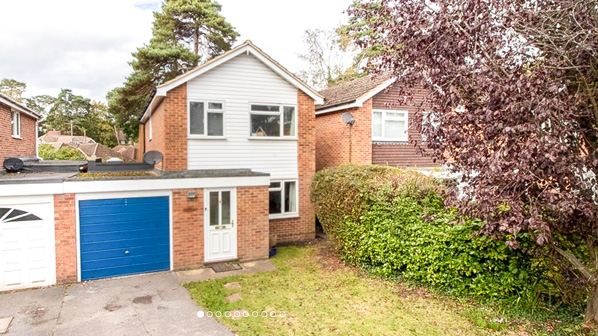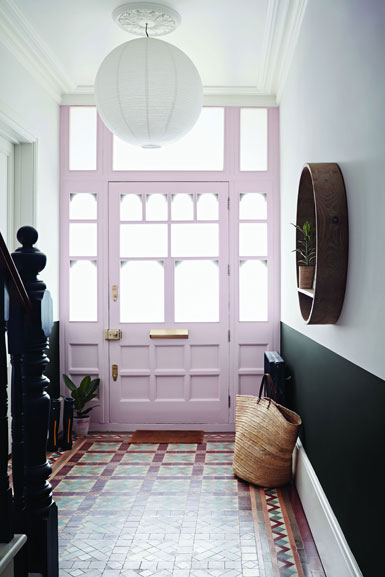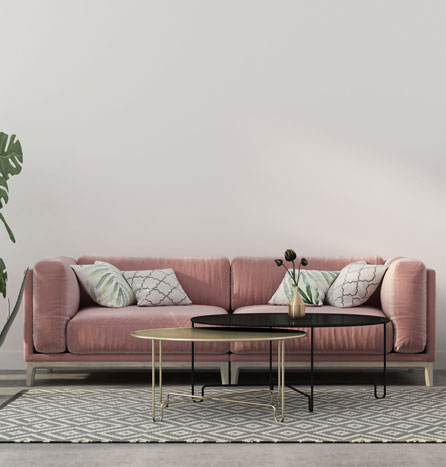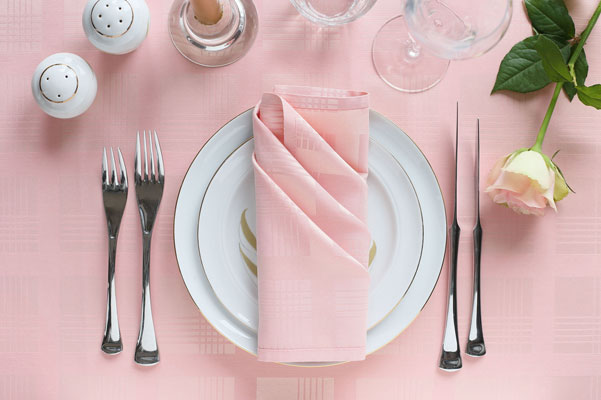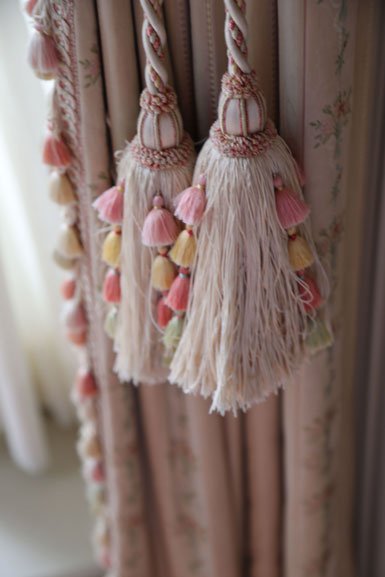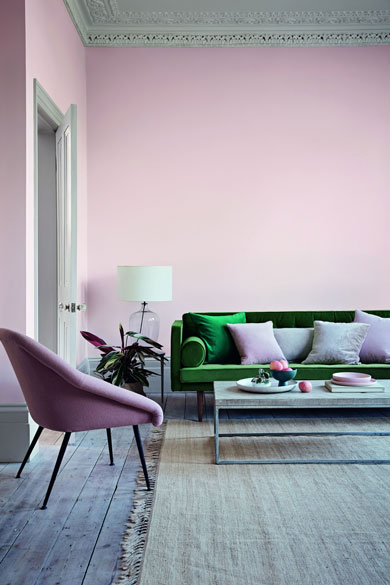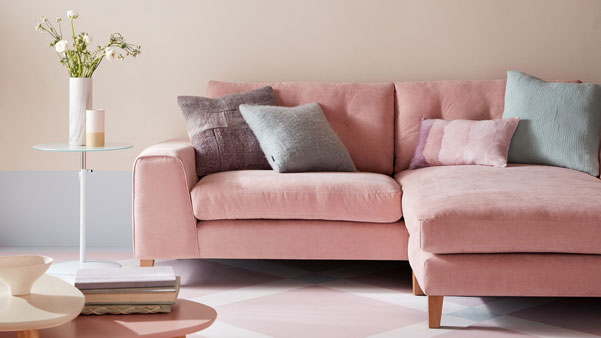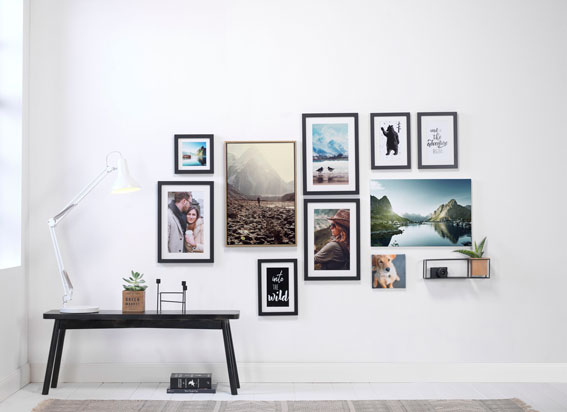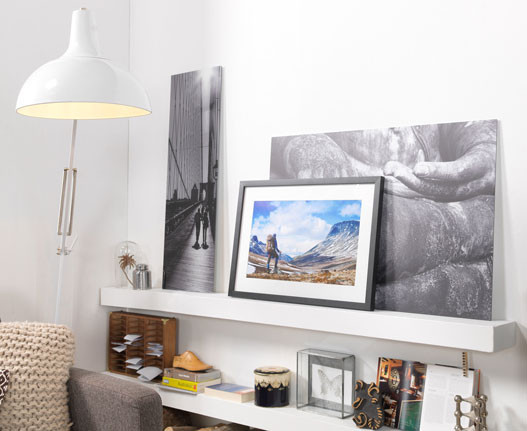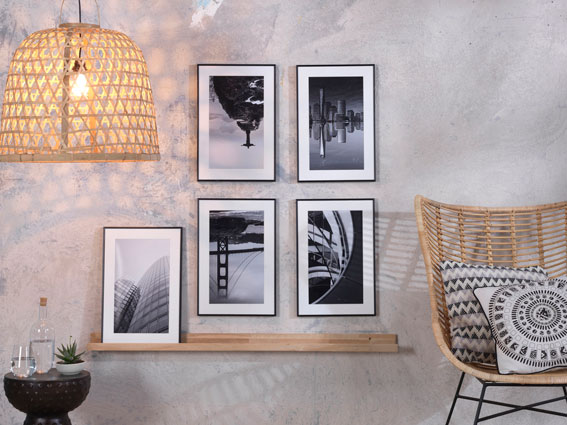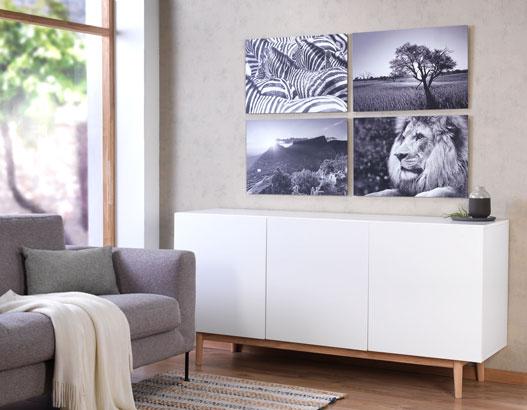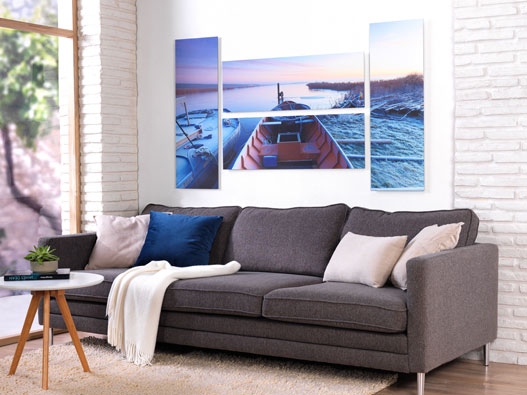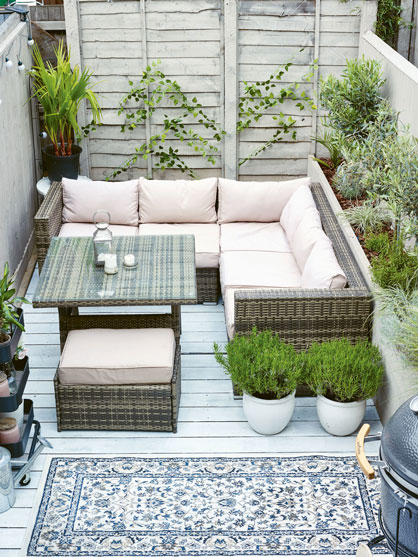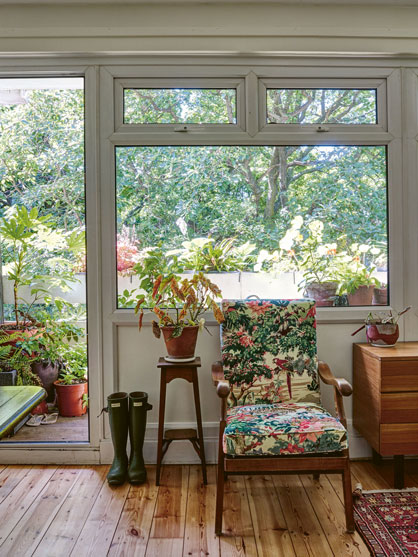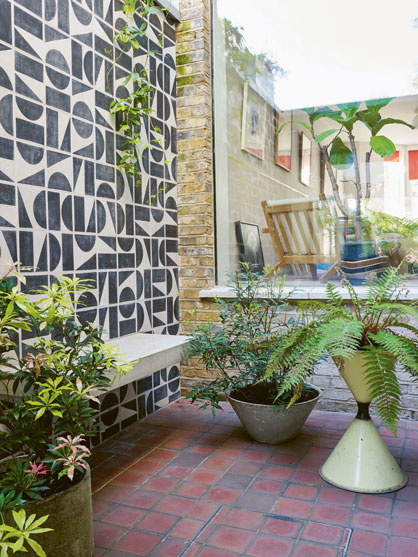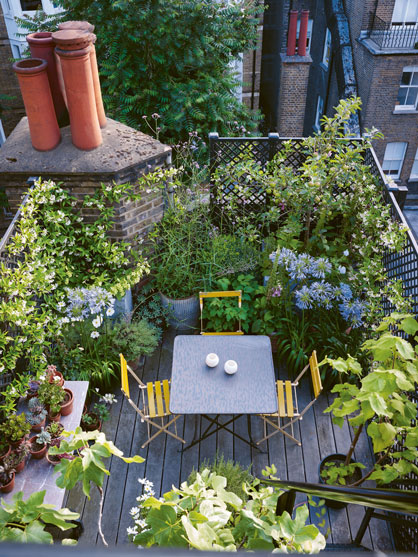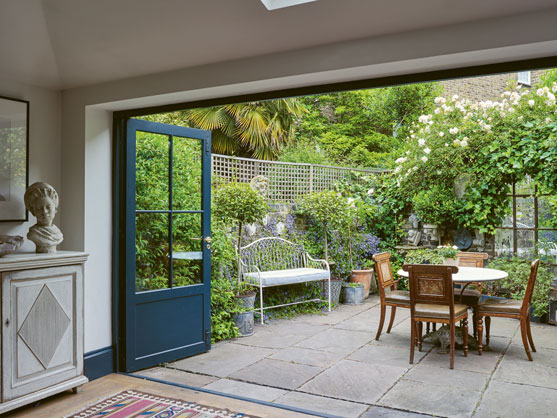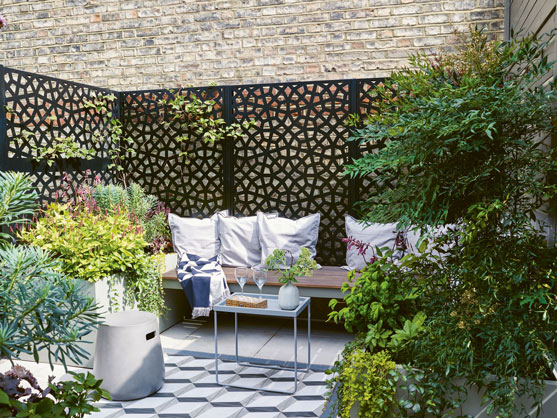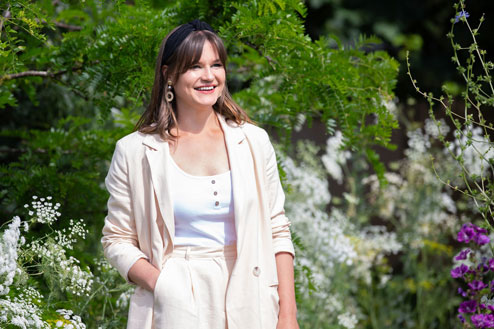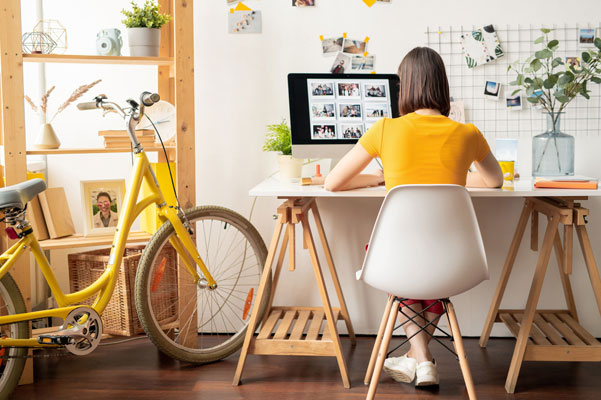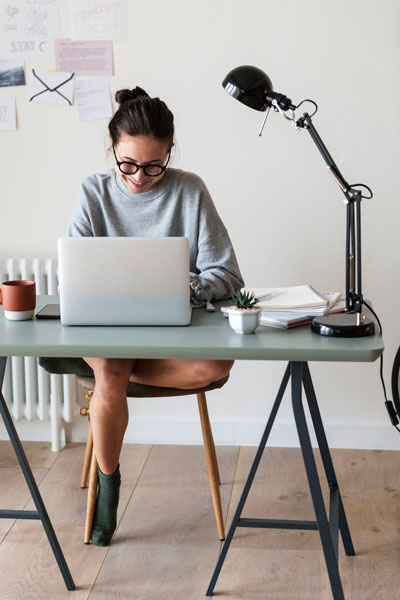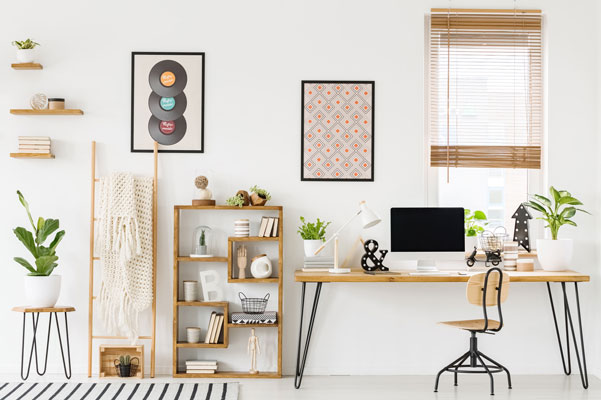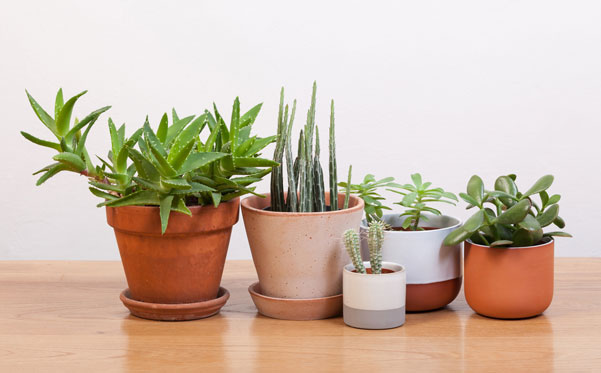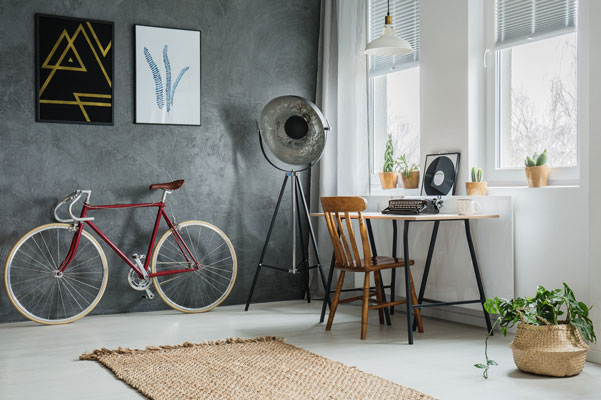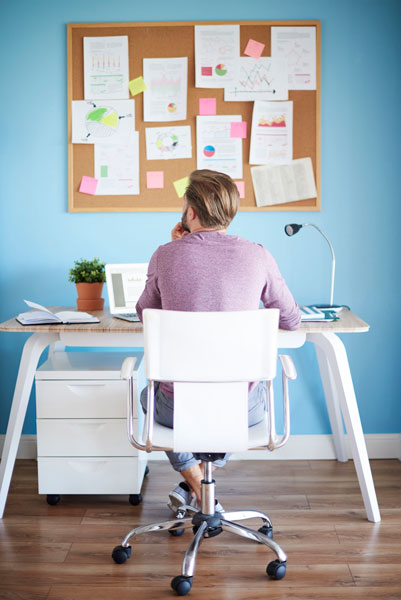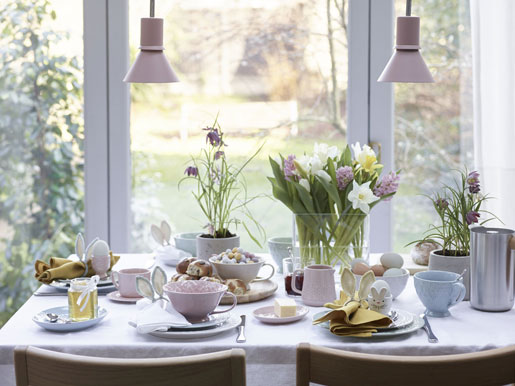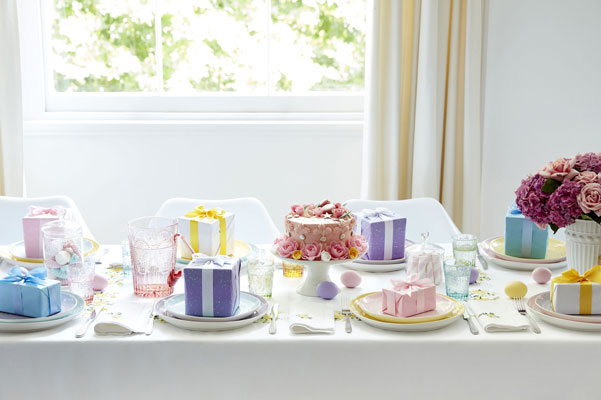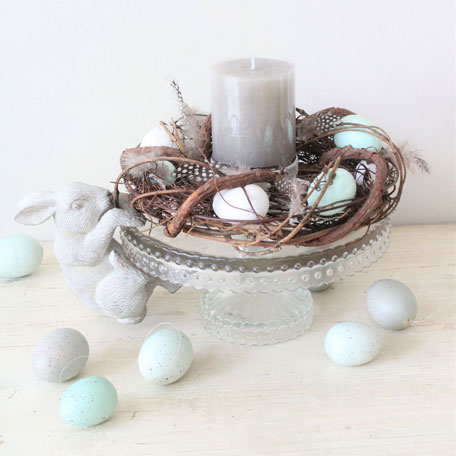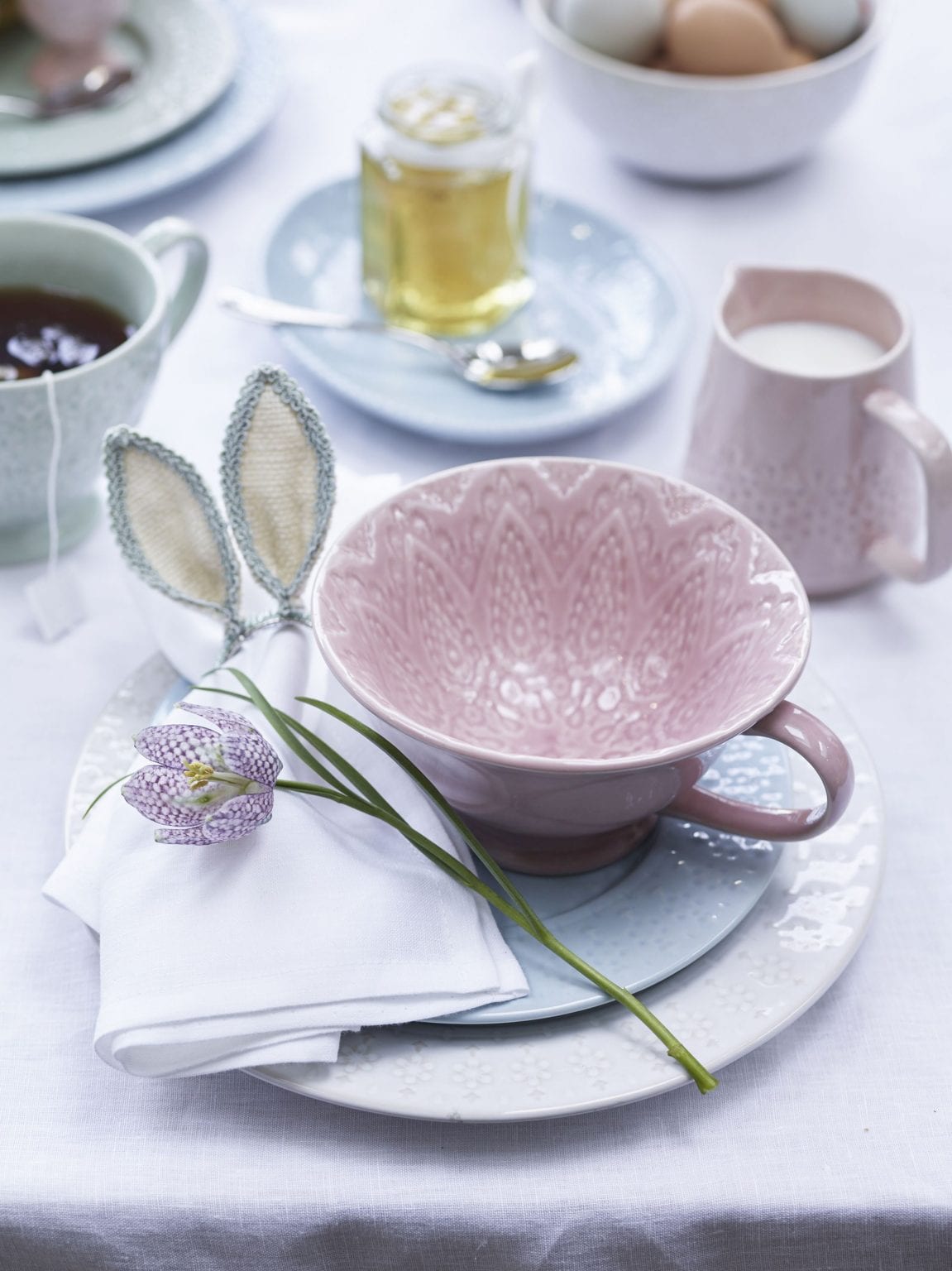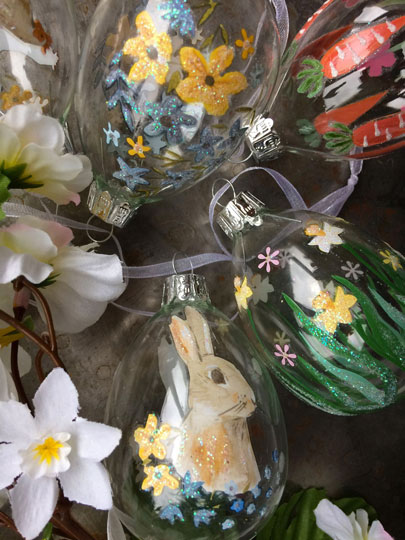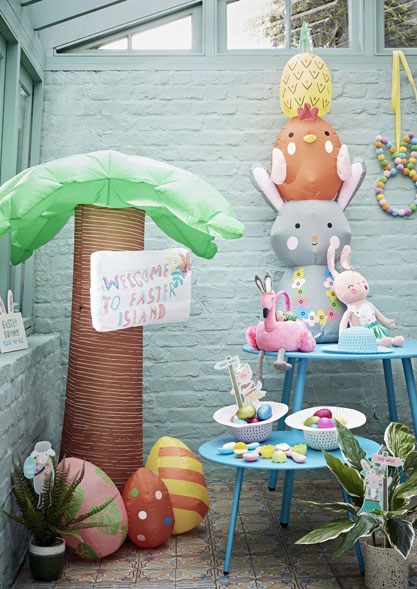If you're in need of a fresh fix, here's how to light up your world in lockdown, says Sam Wylie-Harris.
Lighting in the home is really important, especially right now, when so many of us are spending twice as much time inside.
While some of us will have switched on to the latest lighting trends, and illuminated, enhanced and created the perfect ambience to unwind at the end of the day, chances are most of us won’t have thought about how a flicker of light, or sun streaming in during lockdown can affect our outlook, and mood.
“There needs to be a contrast from getting up in the morning and work mode, to stopping work in the early evening and reinforcing the mindset that it’s the end of your working day,” says Ellie Coombs, lighting designer and managing director of Nulty Lighting, international design consultants.
“Task lighting for work at a desk is important, but the rest of the time, it’s about adjusting your lighting; the light level, the direction of light and the colour temperature for each different activity.”
Here are her top tips for lighting up your home – no electrician required…
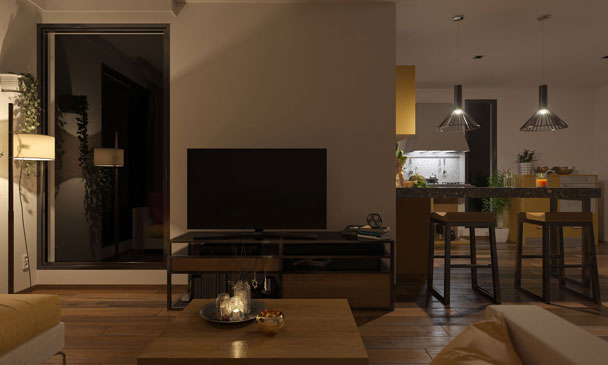
1. Shed light on a dark corner
“Personally, I don’t mind a dark corner, it’s about having the contrast of light and dark areas in a room. If you have a dark corner and want to light it up, try a floor lamp, which will make the room feel more spacious. Lamps work well as you can move them around – they offer a more intimate light source and a better quality of light. Generally, if you go into a lighting designer’s house, they are almost entirely lit by lamps, rather than ceiling lights.”
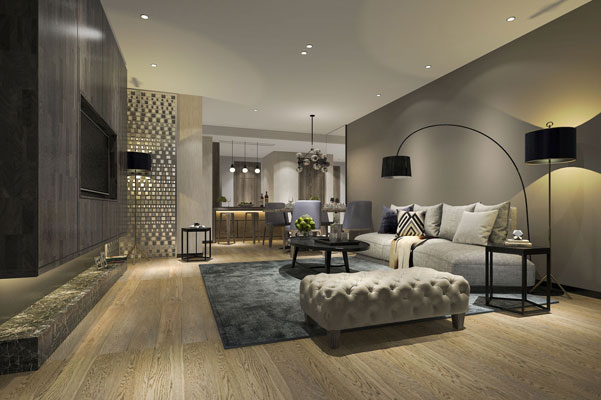
2. Change the light to suit your mood
“You can completely change your perception of a space depending on how you light it. Lots of diffused light on all the walls and ceiling will make the space feel spacious and open. Whereas lower levels of light in pools from lamps, just where you need them, will make the space much more intimate and cosy. You may be spending all your time in just one space, but it doesn’t have to feel like the same space.”
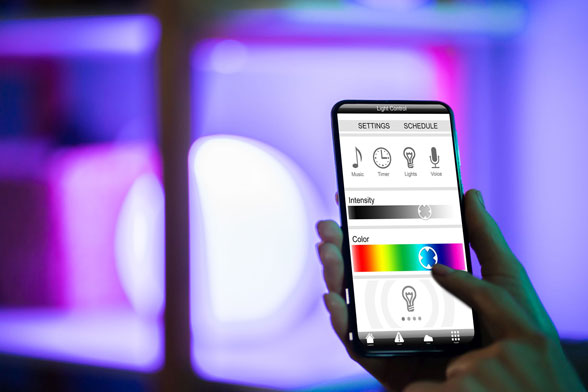
3. Use smart lighting
“You can resolve the fact you don’t have any lighting control by purchasing a smart lighting kit. Add it to your home Wi-Fi, download an app and then connect smart lighting products to your phone. You can then set timers to wake you up and create lighting scenes and moods for your home, all from the touch of a button. No electrician needed.”
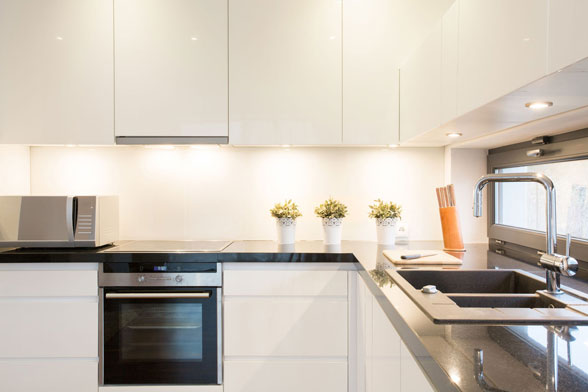
4. Only use the main kitchen lights when you cook
“A lot of us have open-plan living spaces, and we’re spending all our time in one space during the lockdown. If you have under-cupboard lighting in the kitchen, try using it in the evening, to add some soft, ambient light. Use the brighter, high-level lights only when you’re cooking.
“If you are thinking about re-doing your kitchen lighting in the future, think about positioning. It’s important to light the work surfaces and not create shadows, rather than having a grid of lighting across the entire space.”
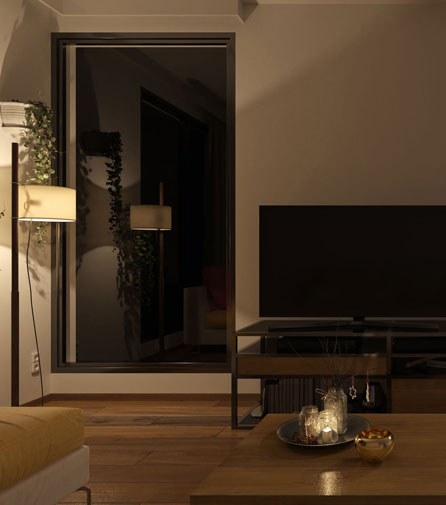
5. Put your art in the spotlight
“While you’re at home, experiment with a movable task light to highlight a piece of art or favourite sculpture. Grab a table lamp on an extension lead and play with it – move it to different places to see what works. Then contract an electrician to install something permanent when lockdown is over.”
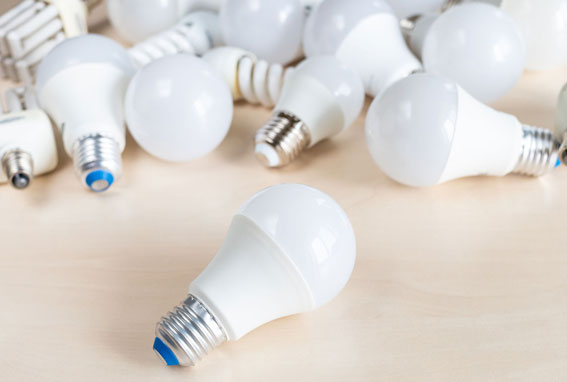
6. Know the new bulb jargon
“With all the new LED and other energy-saving light bulbs on offer, choosing the right one has never been so complicated. In brief, the rules are as follows:
“Always buy light bulbs from reputable manufacturers… they may be more expensive, but they will last longer, give you a better quality of light and avoid any safety concerns.
“The wattage is no longer a clear indicator of the amount of light a bulb will emit… you now need to look at the lumen output. (As a rough guide, 25W = 200-300lm/40W = 400-500lm/60W = 700-800lm/100W = 1300-1400lm.)
“Colour Temperature indicates how warm or cold a light source will be… the lower the number, the warmer the light.”
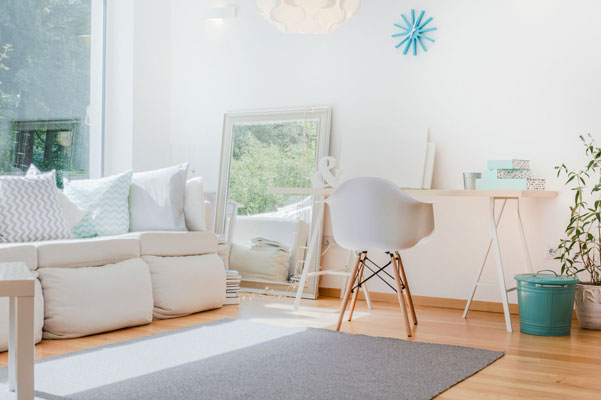
7. Make the most of sunlight
“The more we can use natural daylight at home, the less we use electricity, which of course, is better for the planet. Even if you can’t position your work-at-home desk near a window, try to have your lunch break outside or near a window.
“Think about where daylight comes from, at which time of the day, and learn its natural cycle. Maybe think about moving a comfy chair to a window that catches the sun at lunchtime. That way, you’re more likely to sit there and read a magazine, or have a sandwich or cup of tea.”
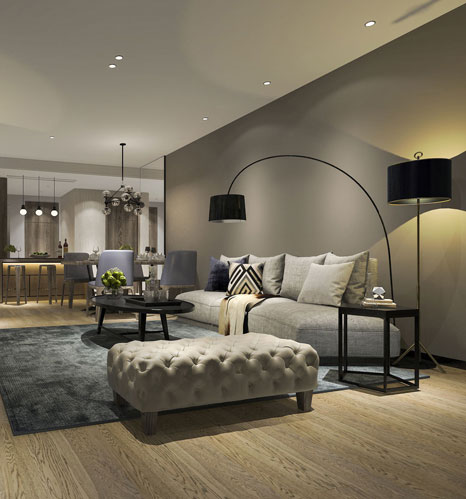
8. Think carefully about statement lighting
“Chandeliers and statement lighting are usually chosen because you love the way the piece looks. But make sure the scale fits the room and you can walk underneath it without hitting your head. Consider positioning it over a table that you’re not going to move.
“Before you purchase, switch it on and see what sort of light it gives out. Will it be useful? Or will it just be a feature of the room? Consider the rest of the lighting for the room and if you need anything additional to light the space.”

















